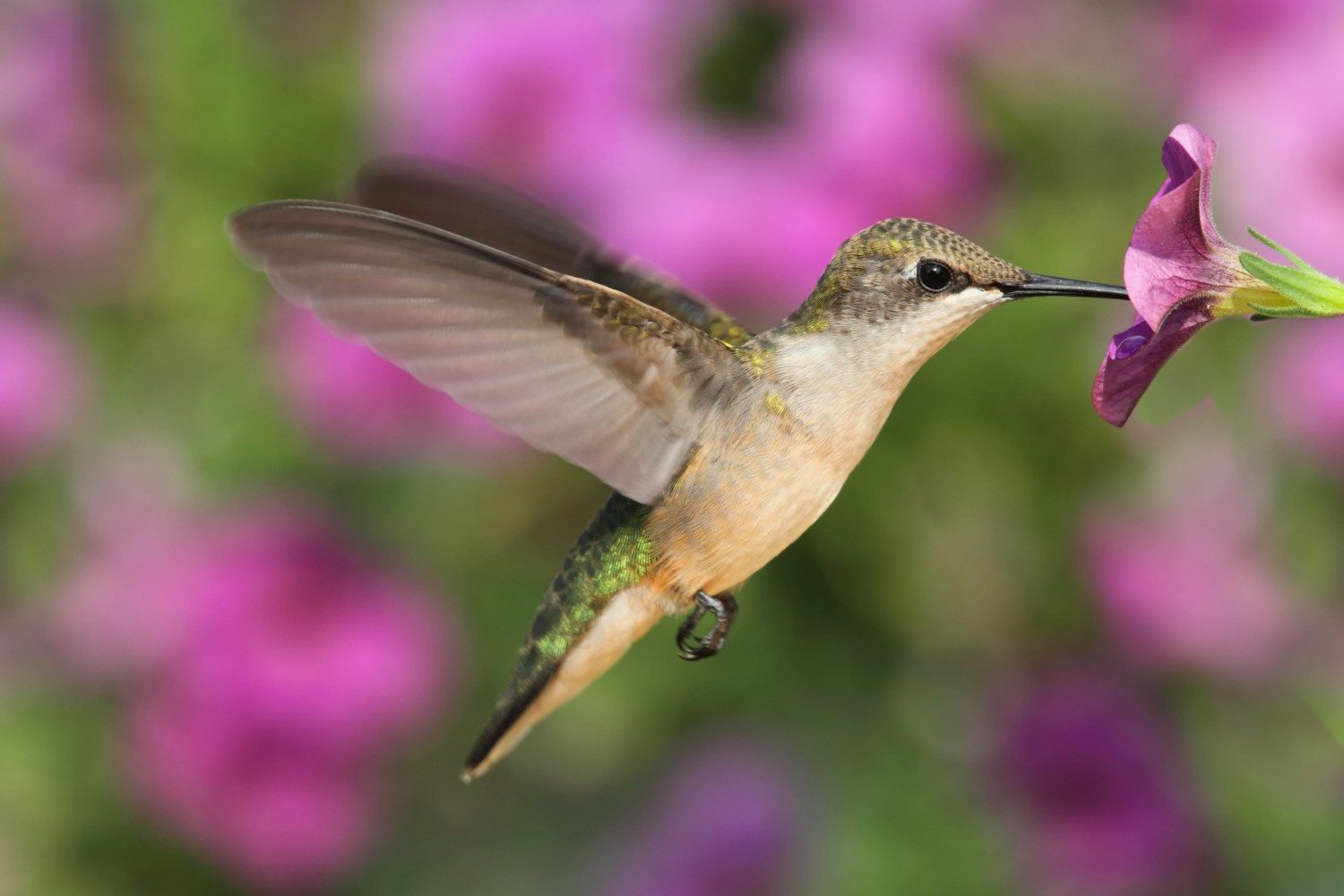

Never dig up native plants from wild places instead, order or buy them from the many nurseries, including online companies such as Prairie Moon and Toadshade Wildflower Farm, that now sell them. Native plants will not only make your property look more natural - they will replace some of the native vegetation lost in so many places to development and rampant invasive exotic plants. But they don't feed at all flowering plants, so be sure to select plants known to lure hummingbirds to home gardens. Hummingbirds feed on a variety of nectar-producing flowering plants, from mighty Tulip trees to clumps of coral bells. Photo by Brian Guest/Shutterstock Eight Steps to Set Up Your Hummingbird “Reserve”:ġ. Water again until it sinks in and pack the soil down.Ruby-throated Hummingbird with Bee Balm, a great hummingbird plant.When planting, dig hole twice as wide as root ball but no deeper than where it sits in the pot.Mulch, but avoid touching the base of trees and roses.Keep floating row cover available avoid covering plants with plastic.Add compost to vegetable gardens along with organic fertilizer in prep for more summer crops.Plant other turf late in month once freezes aren’t coming.Plant native Habiturf seeds after soil prep.Do not fertilize at this time except with compost! Be sure to dig out grass several feet from the trunk, ideally to the drip line of the tree canopy. Add compost around trees and fertilize.Fertilize with slow-release granular late in the month or as dormant perennials leaf out Add compost to beds as you cut back dormant perennials.Fertilize every few weeks through growing season. Citrus with high nitrogen fertilizer like Citrus-tone.Dormant perennials, roses, shrubs and trees.Avoid topping crape myrtles: simply remove sprouts or entire limbs at the trunk.No need to apply pruning paint to other trees.Trees: DO NOT prune red oaks and live oaks unless damaged.Prune dormant perennials and ornamental (clumping) grasses.Texas A&M AgriLife Extension Vegetable Planting Guides (Central Texas).Chard, corn, cucumber, eggplant, endive, Malabar spinach, mustard, peppers, pumpkin, summer & winter squash, tomatillos (you need at least two!), tomatoes, beans, cantaloupe.Nasturtiums, chives, catnip, comfrey, fennel, horseradish, feverfew, oregano, thyme, rosemary, Mexican mint marigold, peppermint, lemongrass (after last freeze).Trees, shrubs, roses (as soon as possible before heat sets in).Ornamental (clumping) grasses like muhly and Mexican feather grass (late month).Wildflower transplants: early in month, you can still plant bluebonnet, larkspur, poppy and other transplants.

Late: plant cosmos, sunflowers, morning glory, gomphrena but keep an eye on upcoming freezes. But the soil is still cold and freezes could still arrive. Annuals: It’s a tricky month for annuals since we get hot days.Watch Andrea DeLong-Amaya’s interview to learn more! In ditches, wet lands or other hydrated soil, Aquatic milkweed ( Asclepias perennis) provides nectar to hummingbirds, bees, and butterflies. To cover a fence or trellis, spring and sometimes fall-blooming native crossvine ( Bignonia capreolata), including hybrid ‘Tangerine Dream’, shouts for attention. Summer through fall, shrubby perennial flame acanthus doesn’t need much water to pump out flaming flowers.Įvergreen penstemon rosettes shoot up panicles of tiny tubular blooms in spring. Super drought tough Turk’s cap adapts to part sun and dappled shade, blooming spring through frost.Īlthough small-sized, deep red Heartleaf hibiscus ( Hibiscus martianus) flags down hummingbirds on the hunt. coccinea fills the void until the first hard frost. When Salvia farinacea and greggi rest in summer, annual warm weather S. Salvia greggii is an evergreen that benefits from hard shearing in January/February and light pruning in May and late August. These herbaceous plants die to the ground in winter but return as rosettes in the spring.

Salvia farinacea ‘Henry Duelberg’ is a recent hybrid. Providing on-going food is essential, not just for hummingbirds, but for everyone on the wing. To get your garden on the hummingbird radar, this week Andrea DeLong-Amaya from the Lady Bird Johnson Wildflower Center spotlights a few garden groceries. If we deadhead in late spring and rain favors us a bit, we’ll even get summer blooms. After a sensational spring cycle, it starts all over again in fall. That’s a great thing about native rock rose ( Pavonia lasiopetala), too. It hasn’t taken a break since early last spring, a coral beacon for insects and migratory hummingbirds heading in or heading back out. You can’t beat my neighbor’s aloe for the longest blooming plant around.


 0 kommentar(er)
0 kommentar(er)
